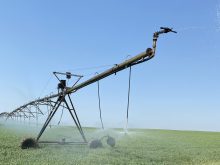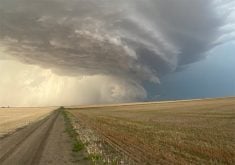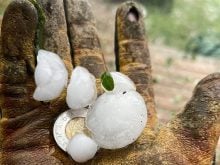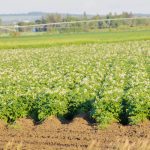YORKTON, Sask. – Economics brought Randy and Catherine Van Horlick to their farm southwest of Willowbrook, Sask.
The couple, who raise Highland cattle on their half-section farm, had been farming in British Columbia when the realities of land values caught up with them.
They grew and sold hay on a quarter-section of land they rented near Chilliwak.
“We could get five cuts off in a year,” Catherine said.
However, “they sold it out from under us for a million bucks.”
Although offered the land themselves, the Van Horlicks weren’t interested in farming with a $1 million mortgage, so they turned east.
Read Also
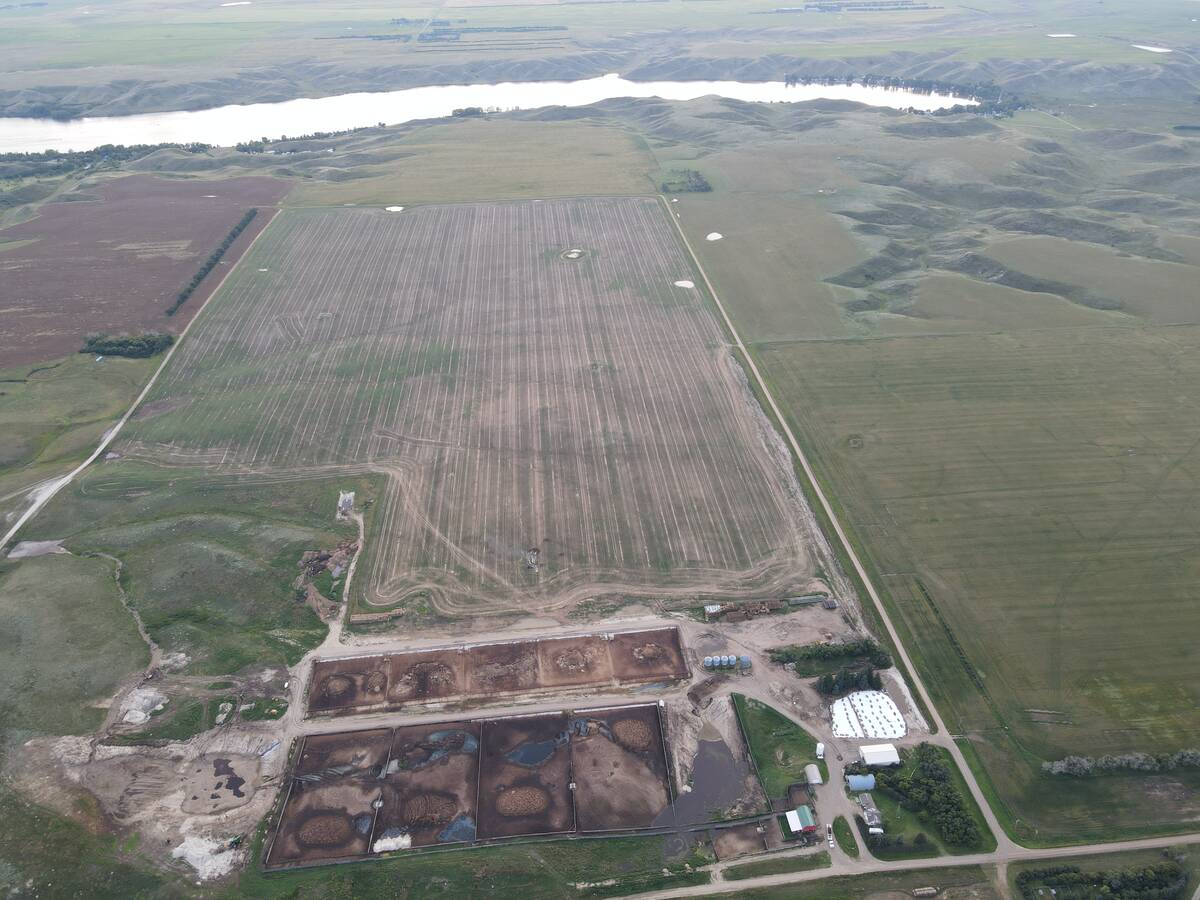
Saskatchewan RM declines feedlot application, cites bylaws
Already facing some community pushback, a proposed 2,000-head cattle feedlot south of Swift Current, Sask., has been rejected for a municipal permit, partly over zoning concerns about the minimum distance from a residence.
Newspaper ads brought them first to Alberta and then to Saskatchewan.
“We drove into Yorkton and thought, ‘what a charming town.’ It had a good feel to it,” Catherine said.
Randy would eventually find their current home, a farm in need of repairs that at first glance he had decided not to take. But on the way out of the farmyard he stopped and took a few photographs.
“We bought the farm on those photos,” Catherine said.
The couple moved onto the farm in December 1999, and began putting together a Highland cattle herd.
The Van Horlicks believe Highland cattle have much to offer.
Catherine said the breed crosses well. They bred half of their original herd to Red Angus, and last year the couple used Limousin bulls to breed the herd.
As well, the cattle originated in Scotland’s rugged highlands and are noted as a breed able to survive where many would falter and starve.
“They’re not fussy eaters. You don’t have to have really good pasture,” said Catherine, although better feed will produce better results.
They plan to eventually expand their herd from the current 76 to 150.
“You’re not going to be rich, but you are going to be comfortable,” Catherine said.
Mixed in with the cattle from
their original herd was something of a farm rarity – a yak. The female has been bred with Highland in the past, and two half-blood yak cows are also part of the herd.
Because Highland cattle are less accepted than other breeds in the cattle industry, the Van Horlicks expect to market more of their animals directly to consumers.
“That’s the only way to do it,” Catherine said.”People who know Highland know the quality of it.”
She said they have seen websites where American producers are selling Highland beef for $8 per pound.
While not anticipating such prices locally, the Van Horlicks are satisfied they can develop a niche market and make a living in the process.





